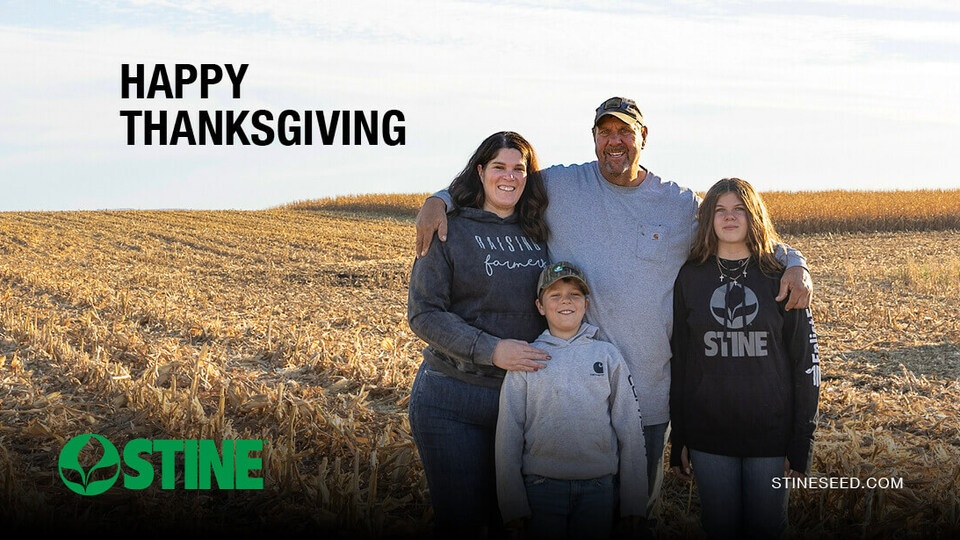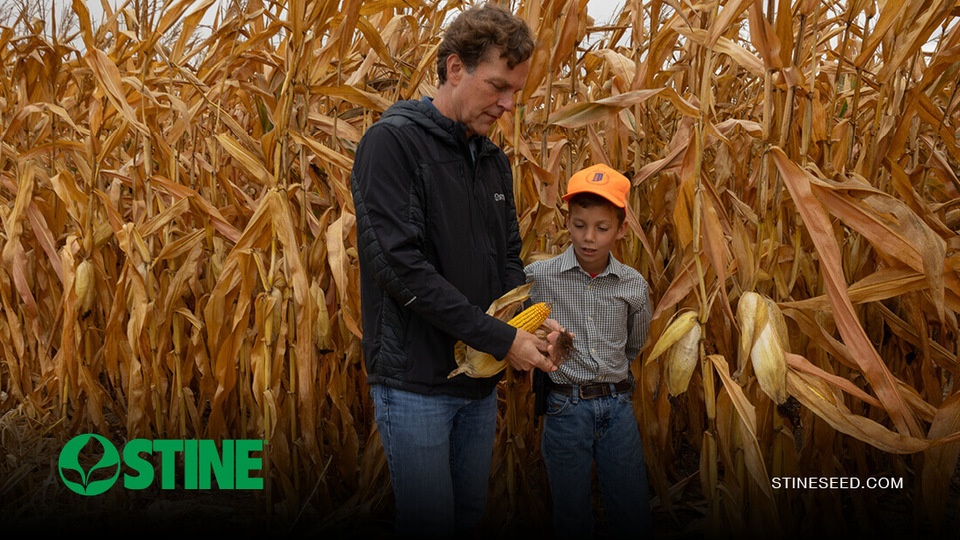This Saturday marks the 47th annual Earth Day — a day proclaimed to celebrate planet Earth and support environmental protection around the world. Numerous initiatives take place in support of Earth Day, including marches, environmental literacy outreach and more, and we commend all who participate in these events. At Stine, we salute one group of environmental stewards in particular for their efforts not only on this day, but every day — farmers.
As John F. Kennedy once said, “There is too little public recognition of how much we all depend upon farmers as stewards of our soil, water and wildlife resources.” What many people may forget is that the environment is a farmer’s most precious resource. Without fertile soils, a farmer’s crop could not grow. And without access to Earth’s other natural resources — sunlight and rainfall, to name a few — a farmer’s crop could not flourish. The field is the farmer’s office; and it’s not an 8–5 job. Often times, they work sunrise to sunset and then some to ensure a bountiful harvest.
Through the years farmers have developed systems and processes to effectively manage and protect the land they work. Certain environmental stewardship practices such as no-till, crop rotation, buffer strips and cover crops can help soil health by increasing nutrients and organic matter, and help protect water quality by preventing nutrient runoff. Some of these practices also help with weed and insect control, which may decrease herbicide and pesticide use.
Regional Sales Agronomist John Furlong knows a thing or two about best management practices when it comes to environmental stewardship. John participates in the Middle Cedar Partnership Project — an effort he joined not only as a Stine RSA but also as a landowner and grower. The project, led by the city of Cedar Rapids, Iowa, is designed to assist conservation partners, farmers and landowners to use best management practices on land and in waterways surrounding the Cedar River Watershed. Some of the program’s conservation recommendations include planting cover crops, creating wetland and wetland easements, installing saturated buffers or bioreactors and implementing best management practices for applying nutrients.
Several Stine employees also work with the CropLife Ambassador Network — an outreach program designed to educate grade-school students about the importance of American agriculture. We are grateful to have employees involved in such worthwhile causes that help promote and preserve the environment. At Stine, we celebrate all farmers who work tirelessly to serve as stewards of the land they work.
Related Articles
-

Top 5 Stine® stories from 2025
December 2025 in General
-

2025 reflections: Trust, growth and shared success
December 2025 in General
-

Rooted in gratitude
November 2025 in General
-

From dream to reality: Just a Jackson Thing’s first corn harvest with Stine®
November 2025 in General



